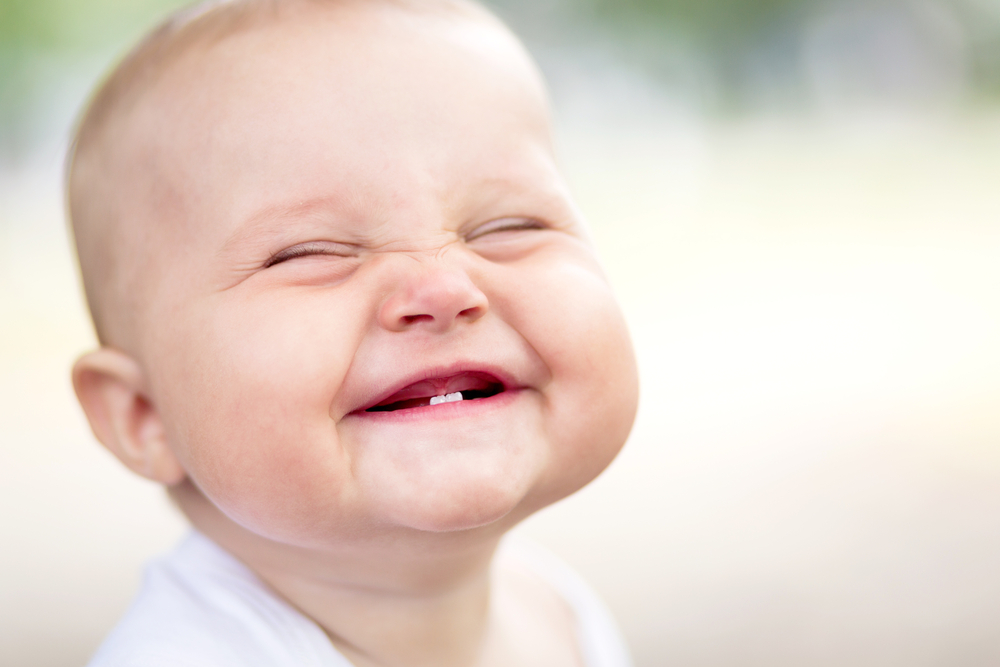As a parent, it’s only natural to be concerned about every aspect of your child’s development. From their first steps to their first words, you eagerly anticipate each milestone. One crucial aspect of your child’s growth is the eruption of their primary teeth, often referred to as baby teeth. Understanding when your child’s teeth should erupt and what to expect during this process can help you ensure their oral health and overall well-being.
The Timeline of Tooth Eruption
Tooth eruption typically follows a fairly predictable timeline, but it can vary from child to child. Here’s a general overview of when you can expect your child’s teeth to erupt:
1. Lower Central Incisors (Bottom Front Teeth): These are usually the first to appear and tend to show up between 6 and 10 months of age.
2. Upper Central Incisors (Top Front Teeth): These follow shortly after the lower central incisors, typically between 8 and 12 months.
3. Upper Lateral Incisors (Top Side Teeth): Usually, these teeth erupt between 9 and 13 months.
4. Lower Lateral Incisors (Bottom Side Teeth): These appear between 10 and 16 months.
5. First Molars (Back Teeth): The first molars typically emerge between 13 and 19 months.
6. Canines (Cuspids): Canines usually make an appearance between 16 and 22 months.
7. Second Molars (Back Teeth): The last of the primary molars tend to emerge between 23 and 31 months.
It’s important to note that this timeline serves as a general guideline, and variations are common. Some children may get their teeth earlier, while others may experience a slight delay. By the age of three, most children should have a full set of 20 primary teeth. These primary teeth play a crucial role in your child’s overall development, including speech, nutrition, and the alignment of their permanent teeth.
Signs of Teething
Teething can be a challenging time for both you and your child. Understanding the signs of teething can help you provide the necessary support. Common signs of teething include:
- Irritability: Your child may become fussier than usual due to the discomfort associated with teething.
- Drooling: Increased drooling is a common sign of teething, which can sometimes lead to skin irritation on the chin and neck.
- Gum Swelling and Sensitivity: Your child’s gums may appear red, swollen, and may be sensitive to touch.
- Biting and Chewing: To relieve the discomfort, your child may chew on their fingers, toys, or other objects.
- Changes in Sleep Patterns: Teething can disrupt your child’s sleep, leading to shorter naps or nighttime wakefulness.
- Decreased Appetite: Painful gums can make it uncomfortable for your child to eat, resulting in a temporary decrease in appetite.
- Ear Pulling: Some children may pull on their ears when teething due to the discomfort radiating to the jaw and ear area.
- Fever: While low-grade fever (under 100.4°F or 38°C) can occur during teething, it’s essential to rule out other potential causes of fever if it persists or is accompanied by other concerning symptoms.
Caring for Your Child’s Emerging Teeth
During the teething process, it’s crucial to provide your child with comfort and care. Here are some tips to help your child through this challenging phase:
1. Gentle Gum Massage: Use a clean finger or a cool, damp cloth to gently massage your child’s gums. This can help alleviate some of the discomfort.
2. Teething Toys: Teething toys made of safe, BPA-free materials can provide relief as your child chews on them. Refrigerating these toys can add a soothing effect.
3. Cold Compress: A clean, cold, damp washcloth or a chilled teething ring can help reduce gum swelling and ease pain.
4. Pain Relief: If your child is experiencing significant discomfort, consult with your pediatrician about using an appropriate, age-specific over-the-counter pain relief product. Always follow your healthcare provider’s recommendations.
5. Maintain Good Oral Hygiene: Even before your child’s teeth erupt, it’s important to start a gentle oral hygiene routine. Clean your baby’s gums with a soft, damp cloth after feedings to remove any residue and get them accustomed to the practice.
6. Schedule the First Dental Visit: The American Academy of Pediatric Dentistry recommends scheduling your child’s first dental appointment around their first birthday. This early visit allows the dentist to monitor oral development and provide guidance on maintaining good oral hygiene.
Caring for Primary Teeth
While primary teeth are temporary, they play a significant role in your child’s oral health and overall development. Here are some key reasons to care for your child’s baby teeth:
1. Speech Development: Primary teeth help children learn to speak correctly, forming the foundation for clear speech.
2. Nutrition: Healthy primary teeth allow your child to chew food properly, promoting good nutrition.
3. Alignment of Permanent Teeth: Primary teeth serve as placeholders for permanent teeth, guiding their proper alignment.
4. Self-Esteem: A healthy smile can boost your child’s self-esteem and confidence.
5. Oral Health Habits: Teaching your child to care for their primary teeth sets the stage for a lifetime of good oral hygiene.
Choose The Experts At Wolter ADC
At Wolter Advanced Dental Care, we provide high-quality, comprehensive dentistry using the latest technology and materials available to ensure the best treatment possible for our patients. Our staff is committed to patient care and comfort and is dedicated to creating an environment that is welcoming, family-friendly, and stress-free. If you are ready for cosmetic or restorative dental care in the Chambersburg, PA area, or if it’s time for your twice-a-year cleaning and exam, consider Wolter Advanced Dental Care. Call 717-496-9093 to schedule a consultation today.


